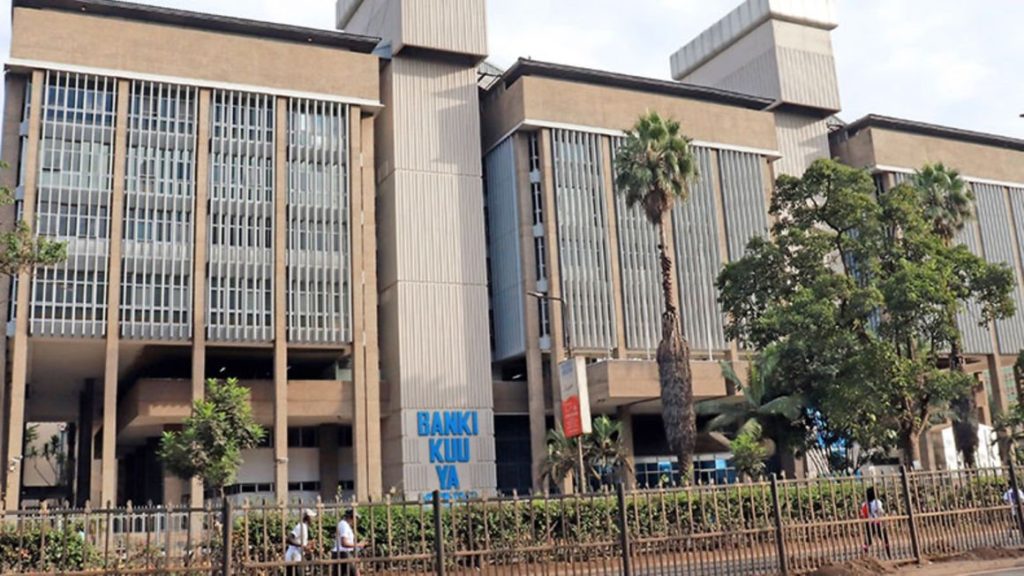Central Bank of Kenya. FILE PHOTO | NMG Parliament has cleared a Bill that seeks to regulate mobile loan rates and treatment of defaulted credit to protect borrowers from predatory lending.
Lawmakers last Thursday gave their nod for review and debate on the proposed law that if passed will bring tens of digital and mobile lenders under the watch of the Central Bank of Kenya (CBK).
The Central Bank of Kenya (Amendment) Bill of 2020 is now before the National Assembly committee on Finance and National Planning where Kenyans and other stakeholders will be invited to give their views before it is taken back to the house for debate and vote.
CBK currently regulates banks and micro-lenders but the proposed changes will now grant it supervisory and licensing powers to oversee hundreds of digital lenders operating in the country.
“The proposed amendment seeks to achieve the following objectives, prohibit any person, institution or firm from lending money to Kenyans unless licensed by the Central Bank of Kenya,” says a notice on the bill sponsored by nominated Member of Parliament Gideon Keter.
Tens of unregulated microlenders have invested in Kenya’s credit market in response to the growth in demand for quick loans.
Their proliferation has saddled borrowers with high interest rates, which rise up to 520 percent when annualised, leading to mounting defaults and an ever ballooning number of defaulters who have been adversely listed with credit reference bureaus (CRBs).
Market leader M-Shwari, Kenya’s first mobile-based savings and loans product introduced by Safaricom and Commercial Bank of Africa, charges a "facilitation fee" of 7.5 percent on credit regardless of its duration, pushing its annualised loan rate to 395 percent.
Tala and Branch, other top players in the mobile digital lending market, offer annualised interest rates of 152.4 percent and 132 percent respectively.
The push to control the activities of digital lenders comes more than a year after Kenya removed the legal cap on commercial lending rates.
The cap, which was introduced in September 2016 had slowed down private sector credit growth as commercial banks turned their backs on millions of low-income customers as well as small and medium-sized businesses deemed too risky to lend to.
